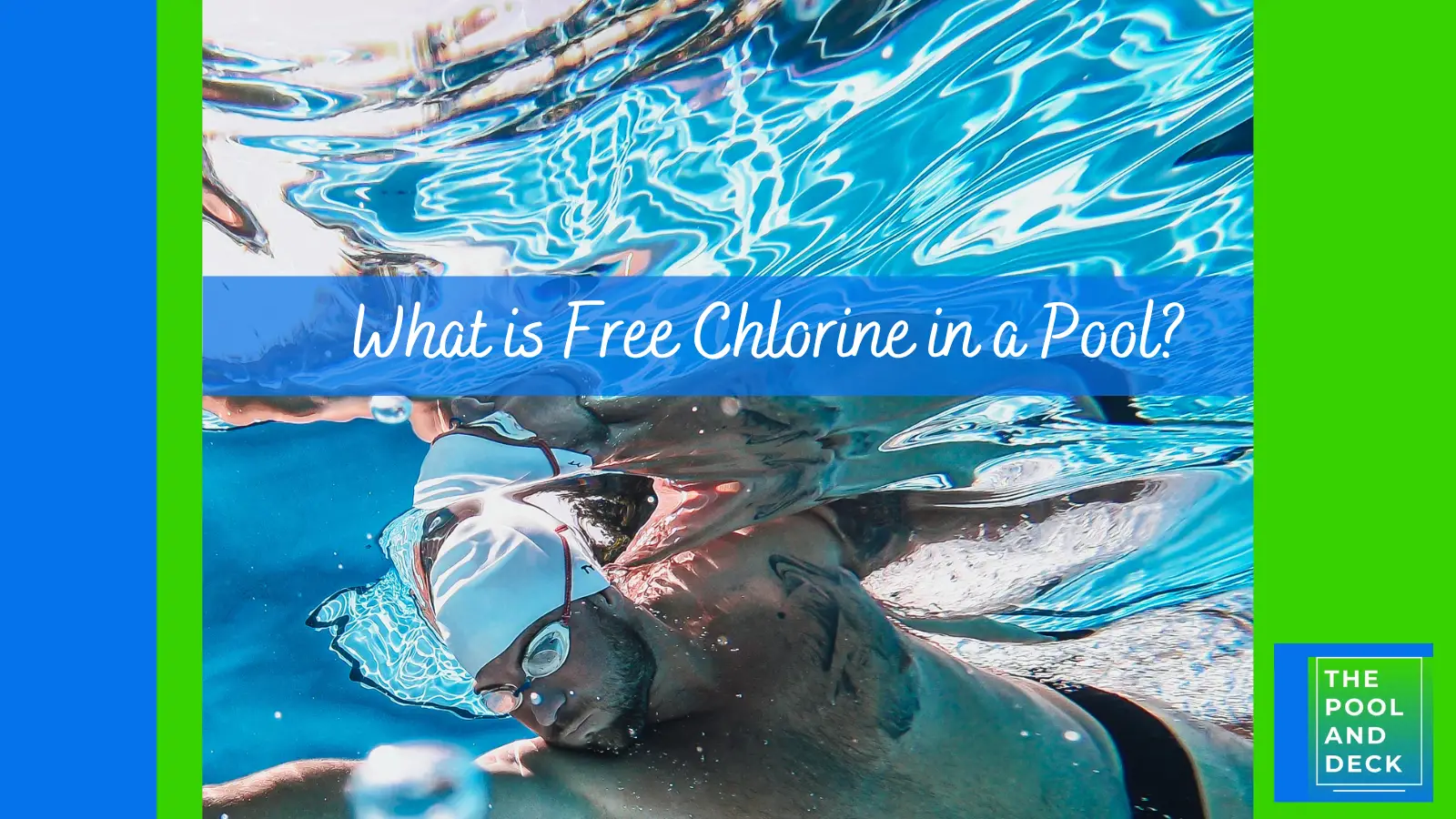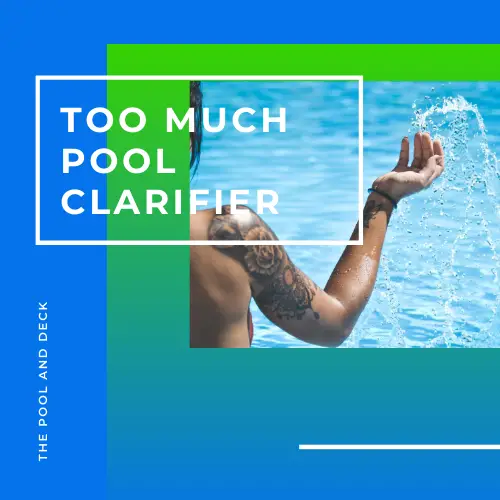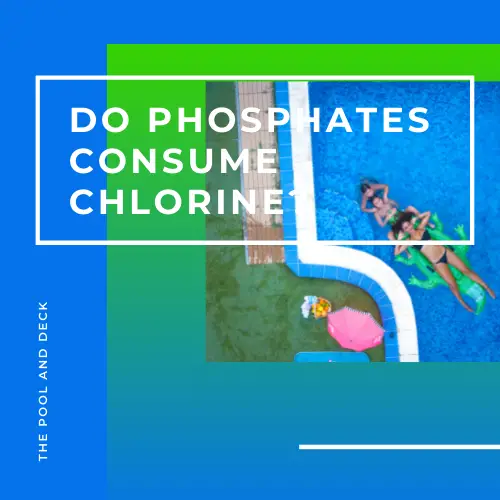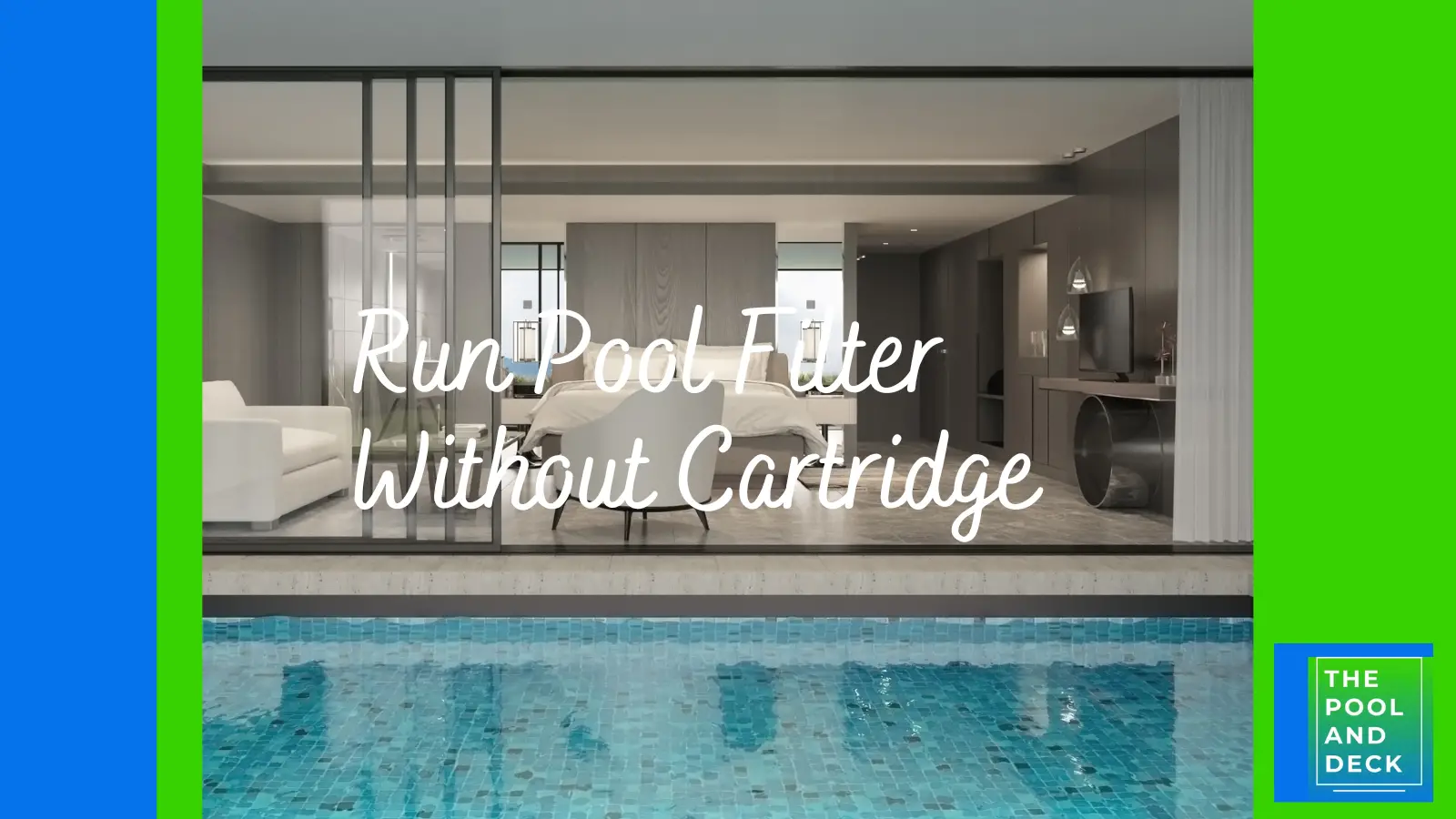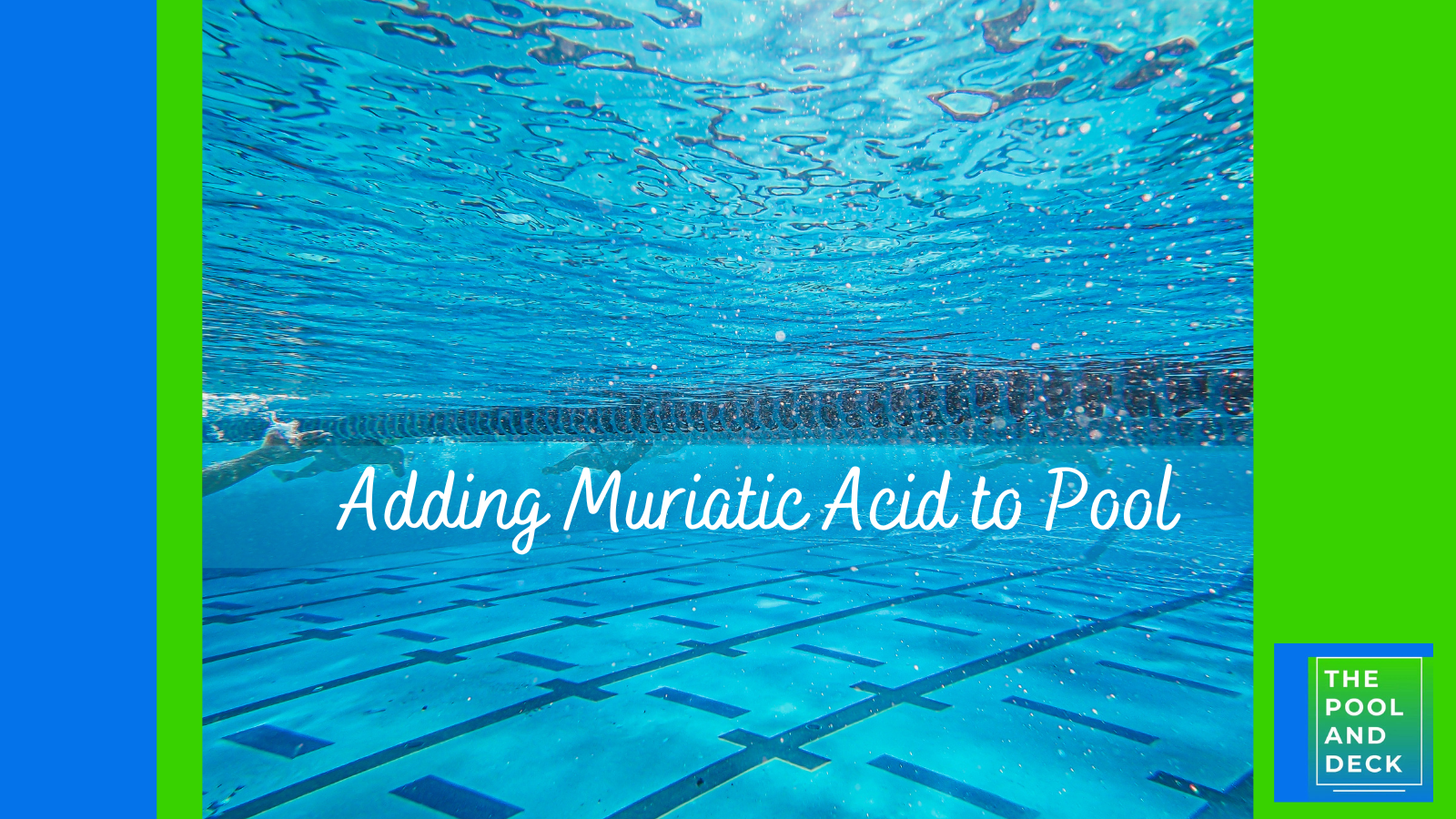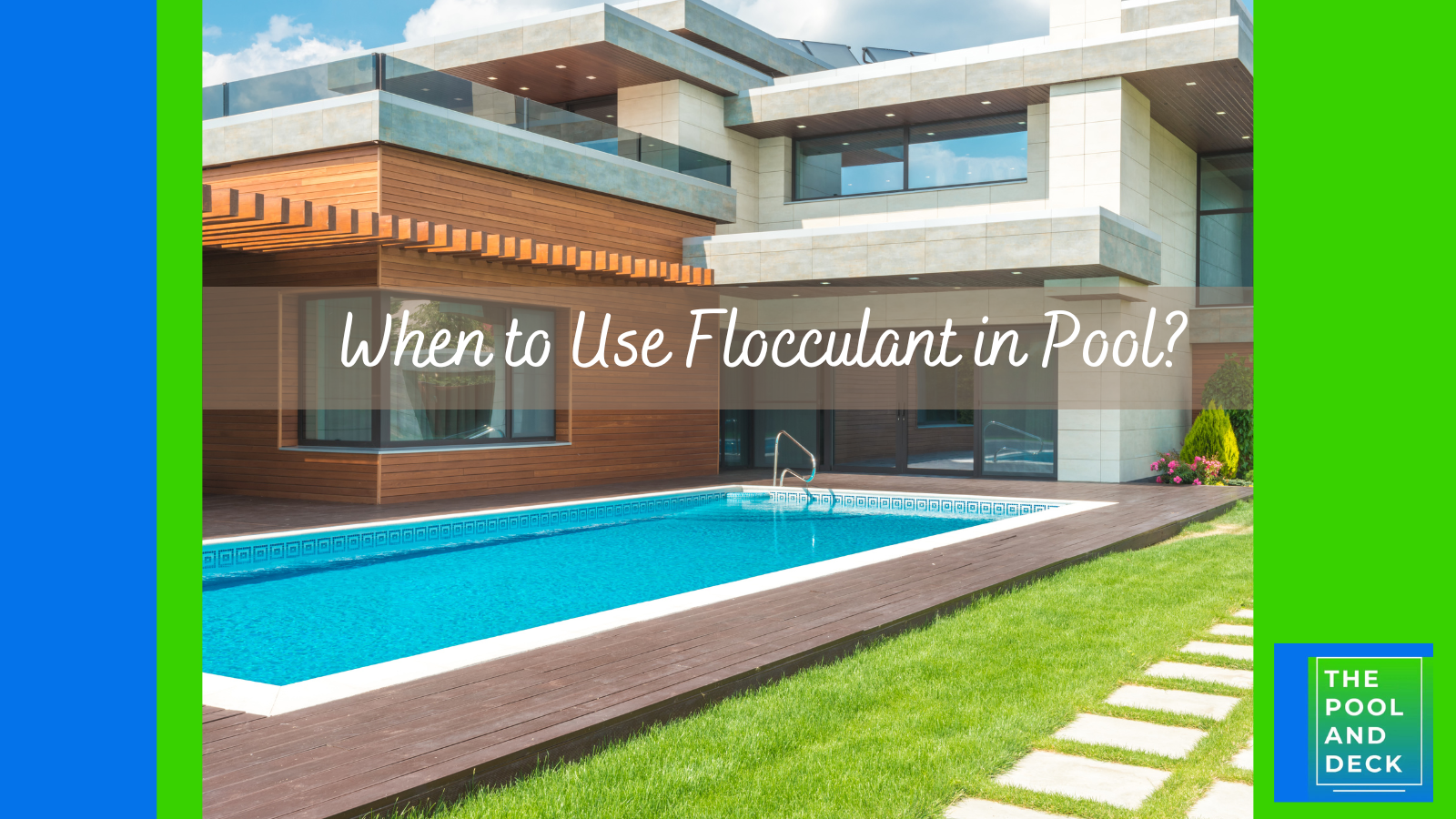Is Dichlor Chlorine? (Important Stuff You Need To Know!)
thepoolanddeck.com is a participant in the Amazon Services LLC Associates Program, an affiliate advertising program designed to provide a means for sites to earn advertising fees by advertising and linking to Amazon.com . The website is also an affiliate of a few other brands. The affiliate links never increase your purchase price. We do appreciate your support. Thank you very much!
Table of Contents
Is Dichlor the Same as Chlorine?
I am sure that keeping your pool crystal clear blue and free of germs, bacteria & algae is on the top of your pool care list. Regular pool sanitization is the key to a healthy pool. Chlorine is a cheap, convenient and effective pool chemical. There are a ton of chlorine products out there and it can be a bit confusing. You may have heard of Dichlor, but is Dichlor the same as Chlorine?
Dichlor is not Chlorine but it is a source of Chlorine. Dichlor is a commercially available compound of Chlorine. Dichlor generates Free Chlorine (FC) when added to pool water. Free Chlorine is the disinfectant that kills the pathogens & algae in your pool.

Dichlor is short for “Dichloro-S-Triazinetrione”. It is most commonly available as a granule but can also come in tablets.
Dichlor is manufactured by the chlorination of Cyanuric Acid (CYA). The chemical formula of Dichlor is (C(O)NCl)2(C(O)NH). Symbolically, and easier to visualize, it is:

Do not worry! This post is not going to be super technical. I am done with most of the hard core chemistry.
All you need to know is that Dichlor is a compound of Chlorine and Cyanuric Acid (CYA). Both play an important role in the pool sanitization process.
When added to pool water, Dichlor will release Chlorine to form Hypochlorous Acid (HOCl), which is the disinfectant. In the meanwhile, the Cyanuric Acid (CYA) prevents the Chlorine from getting destroyed by the UV rays of the sun.
Is Dichlor the Same as Shock?
Dichlor can be, and sometimes is, used as Shock. However, Dichlor is not the best way to shock a pool.
Under normal situations, you should maintain the Free Chlorine (FC) level in your pool water between 2-4 ppm, (3 ppm is ideal). This level is achieved by having a regular and uniform supply of chlorine to your pool. This is the “Maintenance Chlorination”.
Pool Shock, on the other hand, spikes up the Free Chlorine (FC) level from less than 4 ppm to at least 10 ppm (sometimes even to 25 ppm!). This is the “fast & furious” way of killing the pathogens & algae.
The Free Chlorine (FC) from the Pool Shock is not expected to stay in the pool for long. This is why Pool Shock should be unstabilized chlorine. Shock should not contain, or be supplemented by, Cyanuric Acid (CYA).
Check the Cyanuric Acid (CYA) Level before Shock
You must always check the Cyanuric Acid (CYA) level of your pool before shocking it. The recommended Cyanuric Acid (CYA) level for an outdoor pool is 30-50 ppm. A high Cyanuric Acid (CYA) level decreases the effectiveness of Chlorine in killing the pathogens.
In fact a Cyanuric Acid (CYA) level of 100 ppm or more is a complete no-no. You must dilute your pool to bring down the Cyanuric Acid (CYA) level within range.
Now, if the Cyanuric Acid (CYA) level in your pool is low, it is alright to use a Dichlor Shock. But do not use Dichlor Shock if Cyanuric Acid (CYA) level is above 50 or 60 ppm.
The sudden increase in Free Chlorine (FC) level will reduce to normal level in 24 hours or so. But the increased level of Cyanuric Acid (CYA) level will stay on!
What is Dichlor Granular Used For?
Dichlor is most commonly available in granular form. It can be added to your pool directly by sprinkling it on the pool surface or by adding it directly to the skimmer. You can also pre-dissolve it in a bucket of pool water and pour the solution in.
Dichlor Granular is a Sanitizer and a source of Free Chlorine (FC) for your pool. The use of Dichlor Granular is recommended only when the Cyanuric Acid (CYA) level of your pool is really low.
Dichlor Granular has a very high percentage of Cyanuric Acid so it is a great way to get both Free Chlorine and Cyanuric Acid level up really fast. Dichlor Granular dissolves fast and can therefore reach all corners of your pool quite quickly.
Dichlor Granules may be ideal at pool open times, when the Cyanuric Acid level may have depleted over winter months.
While Dichlor Granules do have some advantages, they are not as convenient as using Chlorine Tablets. It is a lot easier to put chlorine tablets in floaters and forget about them for a week.
So, you will not find many occasions when you should be using Dichlor Granules instead of other forms of chlorine.
Use Dichlor Granules if you need to increase both Chlorine & Cyanuric Acid level but require the pH to remain stable.
For more information on Pool Chlorine Types refer to my post Complete Guide To Pool Chlorine Types. (What Is The Best?).
Recommended Swimming Pool Chemicals
Best Dichlor Granular
Rx Clear Granular chlorine is 99.3% Sodium dichlor with added benefits of containing bactericide, algaecide, and disinfectant. It has a long shelf-life and low odor. Rx Clear is pH neutral and 100% soluble. Order from Amazon using the link below:
Rx Clear Stabilized Granular Chlorine
Best Trichlor Tablets
Rx Clear 3″ Stabilized Chlorine tablets are 99% Trichlor with added benefits of containing bactericide, algaecide, and disinfectant. It is slow dissolving with 90% available chlorine. The dosage is 1 tablet per 10,000 gallons of pool water which lasts for up to one week. Order from Amazon using the link below:
Rx Clear 3-Inch Water Soluble Chlorine Tabs
Thank you very much for reading the post. I do hope you found it informative and helpful.

